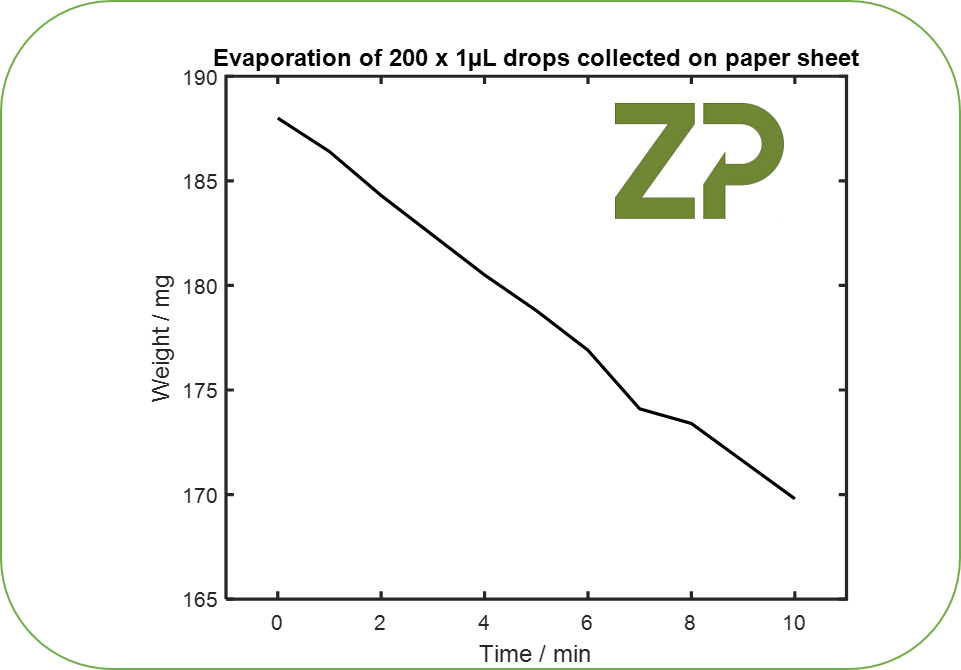Welcome to this week’s newsletter from Zimmer and Peacock. This newsletter is a mixture of news, stories and tech notes from Zimmer and Peacock. If you want to subscribe to our newsletter or have any questions regarding Zimmer and Peacock and our passion for biosensor technologies please don’t hesitate to contact us.
Type 2 lactate sensor
Zimmer and Peacock is a world leading independent contract developer and manufacturer of Type 1, Type 2 and upon request Type 3 continuous monitoring glucose and lactate sensor; in the adjacent we show the raw signal from a Type 2 lactate sensor.
About this Type 2 lactate sensor–
Zimmer and Peacock sells this Type 2 lactate sensor on our webstore, we wonder if it is the world’s best lactate sensor; the reason we ask this question is that a lot of continuous glucose and lactate sensors run at 500 mV or higher, this means that the sensors can suffer from interferences such as acetaminophen and ascorbic acid etc. The sensor data shown on this page was gathered at 0 mV, therefore dramatically reducing the influence of common interferences.
Please don’t hesitate to contact ZP if you have any questions.

Characterizing ZP printer
ZP Characterizing one of the bioprinters
At ZP we strive to make the most accurate biosensors we can for our customers and clients, and that means characterizing and calibrating our equipment so we understand the impact of our manufacturing kit upon the sensors and biosensors.
Procedure
We wanted to validate that we are printing the volumes we think we are, therefore we performed a gravimetric test where we printed 200 x 1 µL volumes, and measured the weight of what was dispensed.
Theoretically we should dispense 0.200 g per test, assuming the density of water of 1 kg/L
We repeated the test five times.
Results
Over the five tests we deposited an average 193.2±1.42 𝑚𝑔,with relative standard deviation of 0.74 % , n = 5
We wanted to account for evaporation and so we monitored the rate of evaporation, over the testing time, and this accounted for the 3.5 % offset between what should have dispensed and what we measured.


